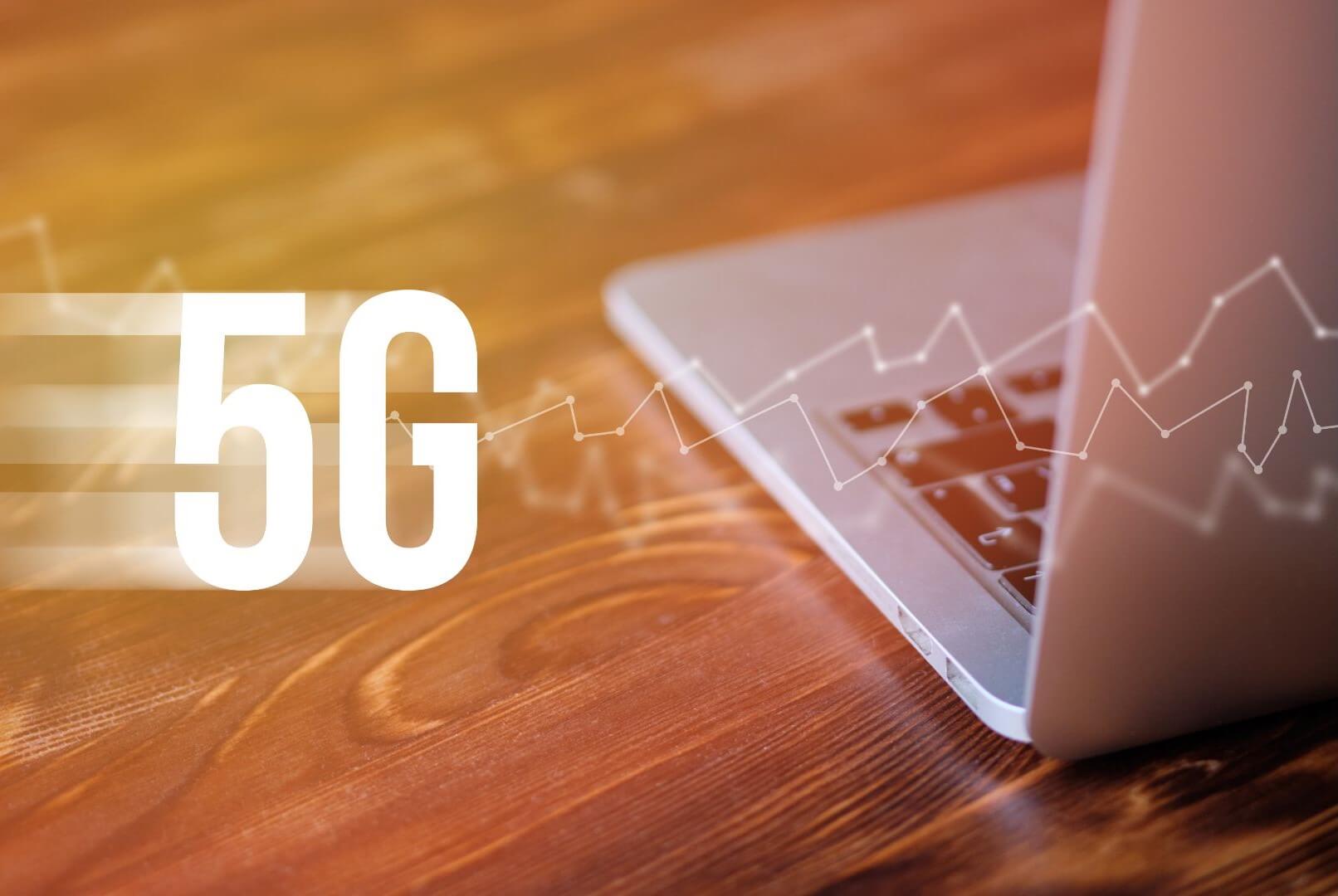5G: The Key to a Smarter, More Connected World
- General
5G: The Key to a Smarter, More Connected World

Imagine a world where you can download a full-length movie in seconds, stream high-quality virtual reality content, control drones and robots remotely, and access cloud-based services anytime, anywhere. This is not science fiction, but the reality that 5G technology promises to deliver.
You may have heard a lot of buzz about 5G, the fifth generation of wireless technology that is revolutionizing the way we communicate, work, play, and live. But what is 5G exactly, and how does it work? How does it differ from previous generations of mobile networks, such as 4G and 3G? And most importantly, what are the benefits and challenges of 5G for various industries and society?
How Does 5G Work?
5G is not just a single technology, but a combination of multiple technologies that work together to provide a unified and flexible network. Some of the key technologies that make up 5G are:
- New Radio (NR): This is the new air interface that defines how 5G devices communicate with 5G base stations. NR uses advanced techniques such as massive MIMO (multiple-input multiple-output), beamforming, and OFDM (orthogonal frequency-division multiplexing) to increase spectral efficiency and data rates.
- Millimeter Wave (mmWave): This is a part of the radio spectrum that ranges from 24 GHz to 100 GHz, which was previously unused for mobile communications. mmWave offers extremely high bandwidth and speeds, but has limited range and penetration. Therefore, mmWave requires a dense network of small cells to provide coverage.
- Sub-6 GHz: This is another part of the radio spectrum that ranges from 600 MHz to 6 GHz, which includes some of the bands used by previous generations of mobile networks. Sub-6 GHz offers wider coverage and better penetration than mmWave, but lower bandwidth and speeds. Therefore, sub-6 GHz complements mmWave to provide a balanced network performance.
- Network Slicing: This is a technique that allows operators to create multiple virtual networks on top of a single physical network. Each network slice can have different characteristics and requirements, such as latency, reliability, security, and capacity. This enables operators to offer customized services to different customers and applications.
- Edge Computing: This is a paradigm that moves some of the computing and processing tasks from centralized servers to the edge of the network, closer to the users and devices. This reduces latency, bandwidth consumption, and costs, and improves user experience and privacy.
How Is 5G Different from 4G and 3G?
- Speed- According to digital trends1, 3G can reach network speeds of 7.2 mbps, 4G can reach network speeds of 150 mbps and 5G will eventually reach speeds in excess of 1gbps (with a theoretical maximum of 20gbps!) That means you can download a full-length movie in seconds, stream high-quality virtual reality content, or play online games without any lag.
- Latency– Latency is the delay between sending and receiving data. It affects how fast and smooth your online activities are, such as browsing, gaming or video conferencing. 5G can significantly reduce latency compared to 4G, from 50 ms to less than 10 ms on average, and even 1 ms for some use cases. This can improve the performance and reliability of many online services that need real-time feedback, such as telemedicine or autonomous vehicles.
- Capacity- Network capacity is the amount of data that can flow through a network per unit time. It needs to increase as more devices, such as smart gadgets and applications, connect to the internet. By 2024, there will be 24 billion devices that need cellular network support. 5G is the solution that can handle more devices without compromising speed or quality. It uses wider spectrum bands, higher frequencies, smaller cells, and network slicing to optimize network performance.
What Is the Real-World Impact of 5G?
The impact of 5G goes beyond faster downloads or smoother streaming. It also enables a whole new level of connectivity that will create new value across industries and society. Some of the examples are:
- Enhanced mobile broadband: 5G will provide much higher data speeds and capacity for mobile users, allowing them to enjoy high-quality video streaming, gaming, augmented reality, and virtual reality experiences. 5G will also enable seamless roaming across different networks and regions1.
- Ultra-reliable low-latency communication: 5G will reduce the delay or lag in data transmission, which is critical for applications that require real-time responsiveness, such as autonomous vehicles, remote surgery, smart grids, and industrial automation. 5G will also ensure high reliability and availability of the network, which is essential for safety-critical scenarios.
- Massive machine-type communication: 5G will support the connection of a large number of devices and sensors, such as smart meters, wearables, drones, and robots, that can communicate with each other and exchange data. This will enable the Internet of Things (IoT) to scale up and create new opportunities for smart cities, smart agriculture, smart manufacturing, and smart health.
- IoT: By connecting various devices and infrastructure to the internet, cities can collect and analyze data on various aspects of urban life, such as traffic, pollution, energy, water, waste, public safety, health, education, etc.
- Network Slicing: By creating dedicated network slices for different applications, cities can ensure reliable and secure communication for critical services, such as emergency response or public transportation.
Conclusion
5G is not just a hype. It is a revolution that is already happening. It is a technology that will change the way we communicate, work, play, and live. It is a technology that will create new value across industries and society. It is a technology that will enable the Fourth Industrial Revolution.
Related content
Auriga: Leveling Up for Enterprise Growth!
Auriga’s journey began in 2010 crafting products for India’s
